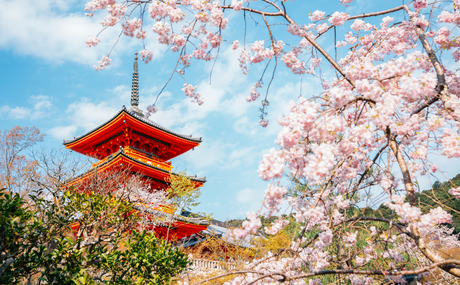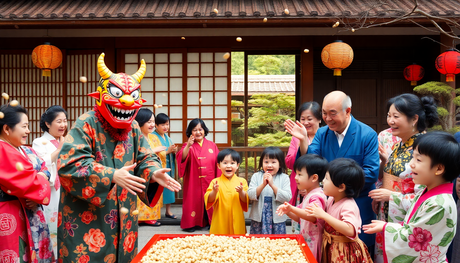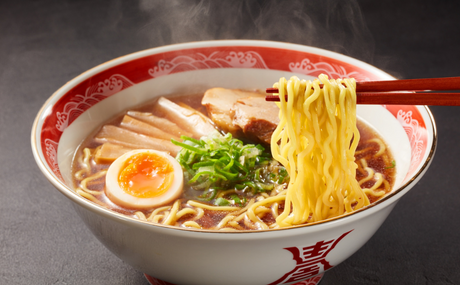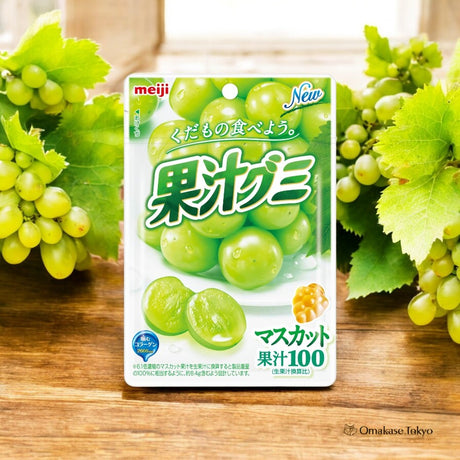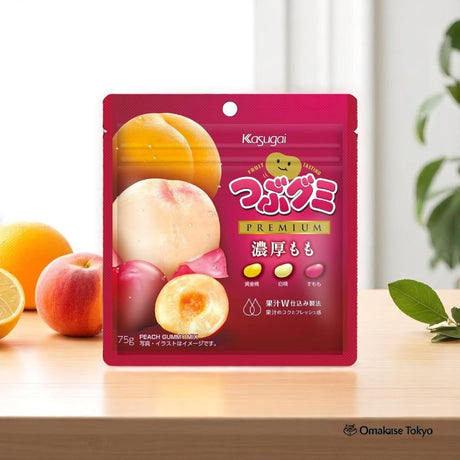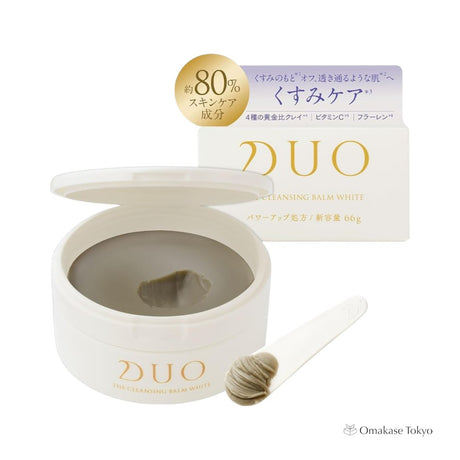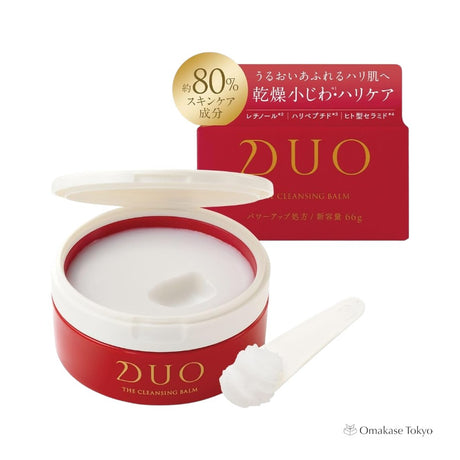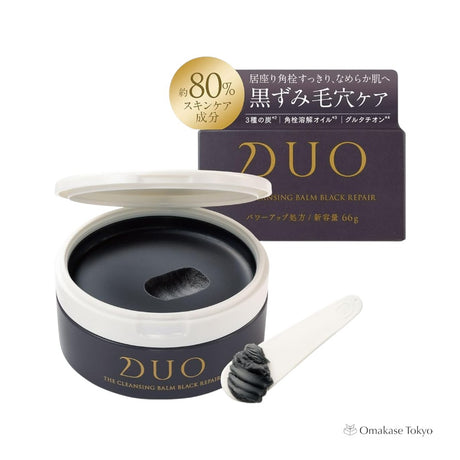Nestled on the picturesque island of Sado in Niigata Prefecture, Sado Kinzan, also known as the Sado Gold Mine, stands as a testament to Japan’s rich history and industrial heritage. Once the most prolific gold and silver mine in the country, Sado Kinzan played a pivotal role in Japan's economic development during the Edo period (1603-1868) and beyond. Today, it serves as a fascinating historical site that offers visitors a unique glimpse into the country's mining past and the lives of those who worked within its depths.
The Origins of Sado Kinzan
The history of Sado Kinzan dates back to 1601, when gold was first discovered on Sado Island. The Tokugawa shogunate, recognizing the strategic importance of this discovery, quickly took control of the mine. Under the shogunate's supervision, Sado Kinzan was developed into a major mining operation, utilizing advanced techniques of the time and employing thousands of workers. The mine's production of gold and silver was instrumental in financing the shogunate’s government and bolstering Japan’s economy.
During its peak, Sado Kinzan was not only a hub of economic activity but also a symbol of Japan’s emerging industrial capabilities. The mine's operations continued for over 400 years, with the last of its shafts closing only in 1989. By then, Sado Kinzan had produced an estimated 78 tons of gold and 2,330 tons of silver, making it Japan's largest gold mine and one of the most significant in the world.
Life Inside the Mine
The daily life of miners at Sado Kinzan was grueling and often perilous. The mine's labyrinthine tunnels, which extend for over 400 kilometers, were dug by hand in the early years, with workers relying on rudimentary tools and techniques. Conditions were harsh, with miners facing the constant threat of cave-ins, toxic fumes, and disease.
Despite these challenges, the mine attracted a large workforce, including many who were conscripted or forced into labor during the Edo period. Over time, Sado Kinzan developed into a bustling community, complete with housing, shops, and even entertainment for the miners and their families. This microcosm of society within the mine is a poignant reminder of the human cost of Japan’s industrial ambitions.
Technological Innovations
Sado Kinzan was at the forefront of mining technology throughout its history. During the Edo period, the mine introduced various innovations, including the use of water wheels to power bellows and hammers, improving the efficiency of ore extraction. Later, in the Meiji era (1868-1912), Western mining techniques were adopted, including the introduction of steam-powered machinery and advanced smelting processes.
One of the most remarkable engineering feats associated with Sado Kinzan is the "Dōyu-no-Warito," an open-pit mining site where the entire top of a mountain was split in half to access the gold-bearing ore. This dramatic landscape, with its towering walls and deep chasms, remains one of the mine's most iconic sights today.
Sado Kinzan Today: A Living Museum
Today, Sado Kinzan has been transformed into a living museum, offering visitors an immersive experience of the mine's rich history. The site is divided into two main sections: the "Sōdayū Course," which focuses on the mine’s Edo-period operations, and the "Dōyu-no-Warito Course," which showcases the modern mining techniques of the Meiji era and beyond.
Visitors can explore the underground tunnels, view life-sized dioramas of miners at work, and learn about the technological advancements that made Sado Kinzan one of the most important mines in Japan. The site also includes exhibitions on the refining process, displays of gold and silver artifacts, and interactive exhibits that bring the history of the mine to life.
One of the highlights of a visit to Sado Kinzan is the chance to see the famous "Sado Gold Coin," a large ingot of gold weighing 12.5 kilograms. This coin is a symbol of the mine’s immense production and the wealth it generated for Japan.
The Legacy of Sado Kinzan
Sado Kinzan is more than just a historical site; it is a symbol of Japan’s industrial heritage and the enduring spirit of innovation. The mine's long history, from its early days under the Tokugawa shogunate to its closure in the late 20th century, reflects the changing economic and technological landscape of Japan.
In 2010, Sado Kinzan was recognized as a National Historic Site, and there have been ongoing efforts to have it designated as a UNESCO World Heritage Site. Such recognition would cement Sado Kinzan’s place in history as a site of global significance, highlighting its contributions to the development of mining technology and its role in Japan's economic history.
Sado Kinzan became one of the World Heritage in 2024
Sado Kinzan remains one of Japan's most intriguing historical sites, offering a window into the country’s past and the lives of those who shaped its industrial legacy. For those interested in history, technology, or simply the awe-inspiring stories of human endeavor, Sado Kinzan is a destination that provides a unique and memorable experience. Whether wandering through the ancient tunnels or marveling at the engineering feats of the past, visitors to Sado Kinzan will find themselves immersed in the golden history of Japan’s largest and most famous gold mine.






